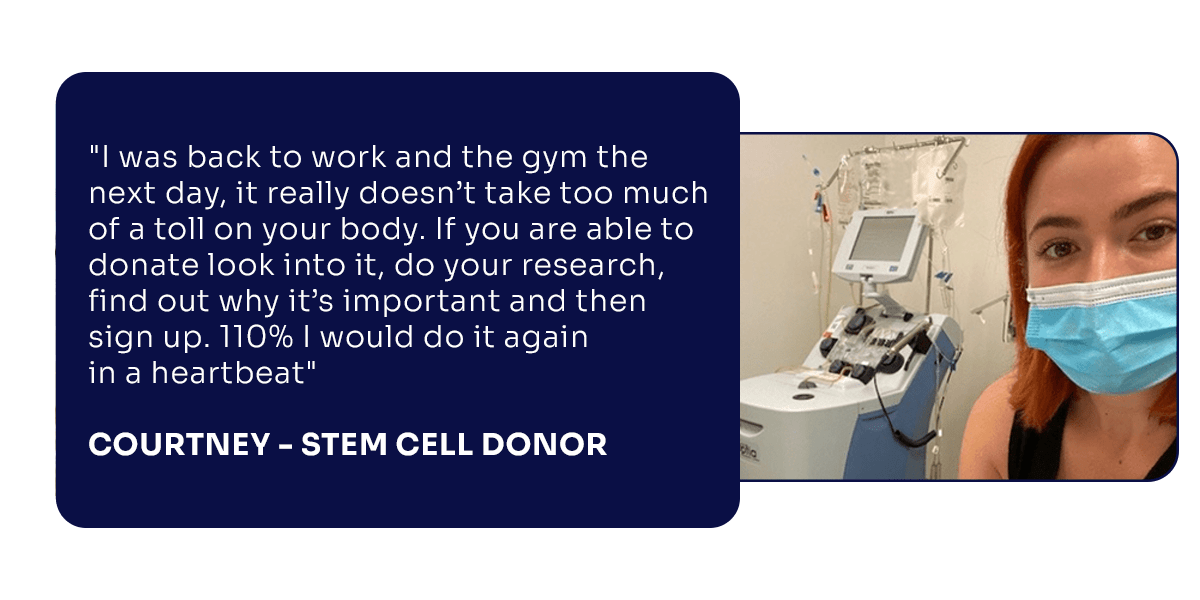Is stem cell donation painful? Here’s what you need to know
Is Stem Cell Donation Painful?
If you’re considering joining the stem cell donor registry, you might wonder: is stem cell donation painful?
It’s a natural question, and understanding the process can help ease any concerns. Let’s break it down.
Types of Stem Cell Donations
There are two main methods of donating stem cells:
- Peripheral Blood Stem Cell (PBSC) Donation
- Bone Marrow Donation
Both methods are safe and carefully managed by medical professionals, but the experiences differ.
Peripheral Blood Stem Cell (PBSC) Donation
This is the most common method, used in about 90% of donations. Here’s what you can expect:
- Preparation: For five days before the donation, you’ll receive injections of a medication called G-CSF. This boosts your stem cell count in your bloodstream. Some people experience mild flu-like symptoms, such as fatigue or muscle aches, but these go away almost immediately after the donation.
- The Donation Process: On the donation day, your blood is drawn from one arm, passed through a machine to separate the stem cells, and then returned to your body through the other arm. The process is similar to donating plasma and typically lasts 4-6 hours.
- Pain Level: Most donors report minimal discomfort during the procedure. The insertion of a needle is similar to a blood test, and sitting still for a few hours might be the most challenging part.
Bone Marrow Donation
Bone marrow donation is less common, used in about 10% of cases. It’s typically chosen when it’s the best match for the recipient.
- The Donation Process: Bone marrow is usually collected from the back of your hip bone using a needle while you’re under general anesthesia. You won’t feel anything during the short procedure.
- Recovery: Some donors experience soreness in their lower back for a few days to a week, similar to muscle ache after exercise. Over-the-counter pain relief usually helps.
- Pain Level: While some soreness is common afterwards, most donors describe it as being easily manageable, and well worth the opportunity to save a life.
What Do Donors Say?
The vast majority of donors say the experience was easier than they expected. Many emphasise that any temporary discomfort is far outweighed by the knowledge that they’ve given someone a second chance at life.

Why Your Donation Matters
Every year, thousands of people with life-threatening blood disorders like leukemia and lymphoma rely on stem cell transplants to survive. As a donor, you could be the match they’ve been waiting for.
So, is stem cell donation painful? For most people, it’s not. While there may be mild discomfort, it’s temporary and easily managed. The opportunity to potentially save a life makes the process deeply rewarding.
If you’re ready to take the next step, consider joining the stem cell donor registry today. Your decision could change someone’s life forever.